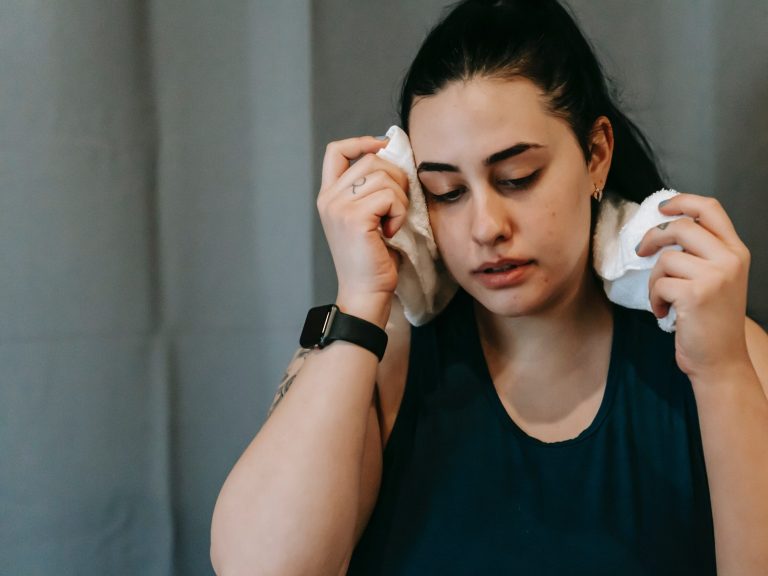The rounding of facial features can be a symptom of an infectious disease. The number of cases in Poland has increased

Rounding facial features as a result of enlarged lymph nodes below the ears is one of the characteristic symptoms of the infectious disease mumps. The number of cases has increased significantly this year. It’s not just children who get sick.
Mumps, or common inflammation of the salivary glands, is mainly a childhood disease. It affects children between the ages of 5 and 15. The report of the National Institute of Public Health of the National Institute of Hygiene – National Research Institute indicates that there are also adults among the patients. The number of infections has increased significantly this year. The presented data show that in the first half of 2023, 592 cases of mumps were recorded. In the same period of 2021, there were only 189 cases.
What are the symptoms of mumps and what causes mumps?
Mumps is caused by a virus of the paramyxovirus family. It can be contracted from an infected person or through contact with objects contaminated with secretions from the throat of a sick person. The incubation period of the disease is 2 to 4 weeks. A sick person can be contagious even a week before the first symptoms appear and for the entire duration of the disease, i.e. for the next 10 days.
The first symptom of the disease is a sudden swelling in the area of the parotid glands, initially unilateral, after about 3 days, bilateral. The virus can also attack the submandibular and occasionally the sublingual glands. Other symptoms of mumps also include:
-
temperature around 38℃.
-
ear ache,
-
pain when opening the mouth and swallowing.
Although the course of the disease is usually mild and goes away on its own, complications can occur in some cases. These include meningitis and orchitis. The disturbing symptoms include:
-
vomiting,
-
severe headache,
-
stomachache,
-
testicle enlargement in men.
Vaccination protects against mumps. so-called a combined vaccine against mumps, measles and rubella, which is given to children between 13 and 15 months of age, with a booster dose at 7 years of age.
What tests confirm mumps?
If any of the symptoms occur, consult your doctor. Laboratory tests (morphology, ESR, CRP, determination of amylase in urine or blood) are helpful in diagnosing the disease. In patients with symptoms that may indicate meningitis, a complication of mumps, an in-hospital lumbar puncture is recommended. In the diagnosis of mumps in the vaccinated population, serological tests are performed (detection of specific IgG and IgM antibodies).






